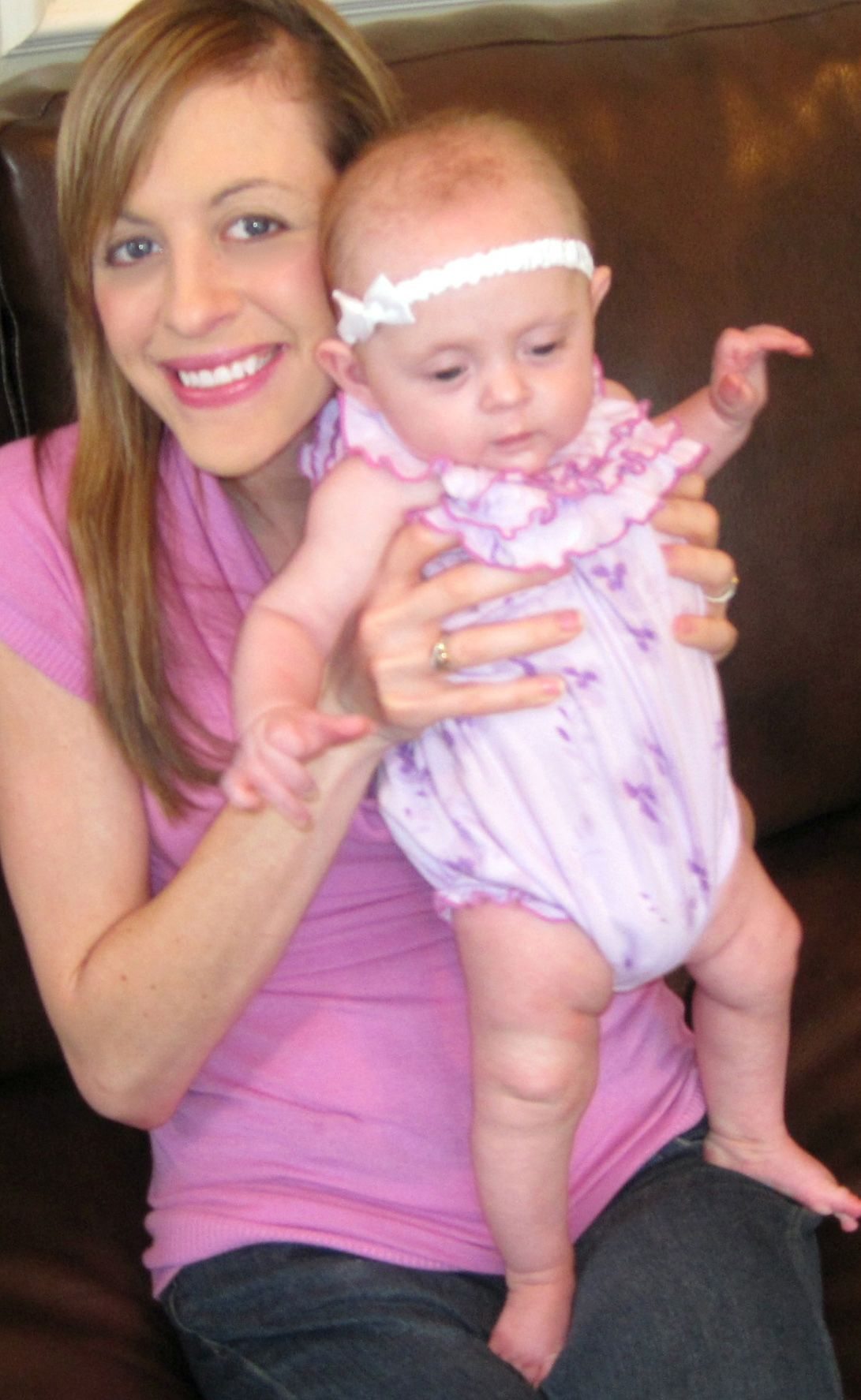LaBounty, of Houston, is part of the first documented generation of donor-conceived children: those born in the late 1970s to mid-1980s, when sperm banks began to spread in the United States. These children are now adults, and caring for them has prompted a host of unanticipated issues, ranging from a lack of medical histories to the psychological impact of knowing the circumstances of their conception. Many donor-conceived children are finding out, often only by chance, that they are predisposed to certain illnesses. In one recent case in the news, a donor-conceived teen learned that his biological father, who provided sperm for at least 24 children, carried a genetic disorder that causes a potentially fatal heart defect.
According to the Centers for Disease Control and Prevention, 1 percent of babies born today in the United States are conceived through assisted reproductive technology, a proportion that has more than doubled since 1999. Anonymous sperm donation represents only a portion of these births, and solid statistics on how many children are conceived this way are unavailable because mothers are not required to report how they become pregnant. But as the 2010 film “The Kids Are All Right” made clear, sperm donation and its consequences have become a part of our culture.
In most states, adults who were conceived through sperm donation have no legal right to records about their donor. (This differs from adoptees, who can request access to their birth certificates in some states and can have varying levels of access to medical records.) Before 2005, when the Food and Drug Administration issued donor screening rules — specifying, for example, that sperm be tested for communicable diseases — there were no federal regulations of sperm banks. In addition to FDA regulations, some states have certificate requirements or licensing regulations. But for the most part, the industry has been left to create its own best practices.
Some sperm banks report that they have begun putting in place screening and updating procedures more stringent than the government requires, and the American Society for Reproductive Medicine publishes ethical guidelines regarding sperm and egg donation. But these rules have little value for people such as LaBounty who were conceived earlier.



